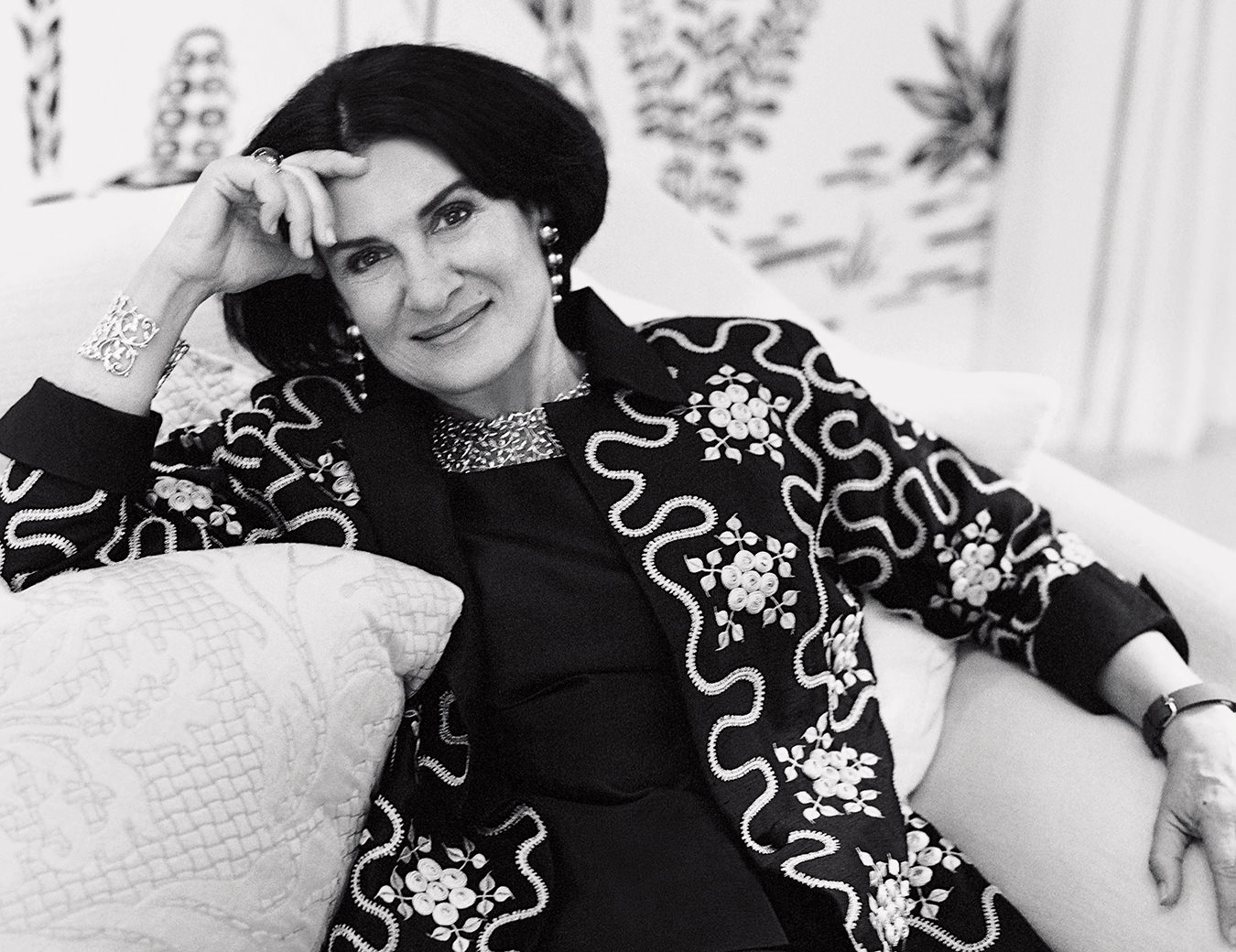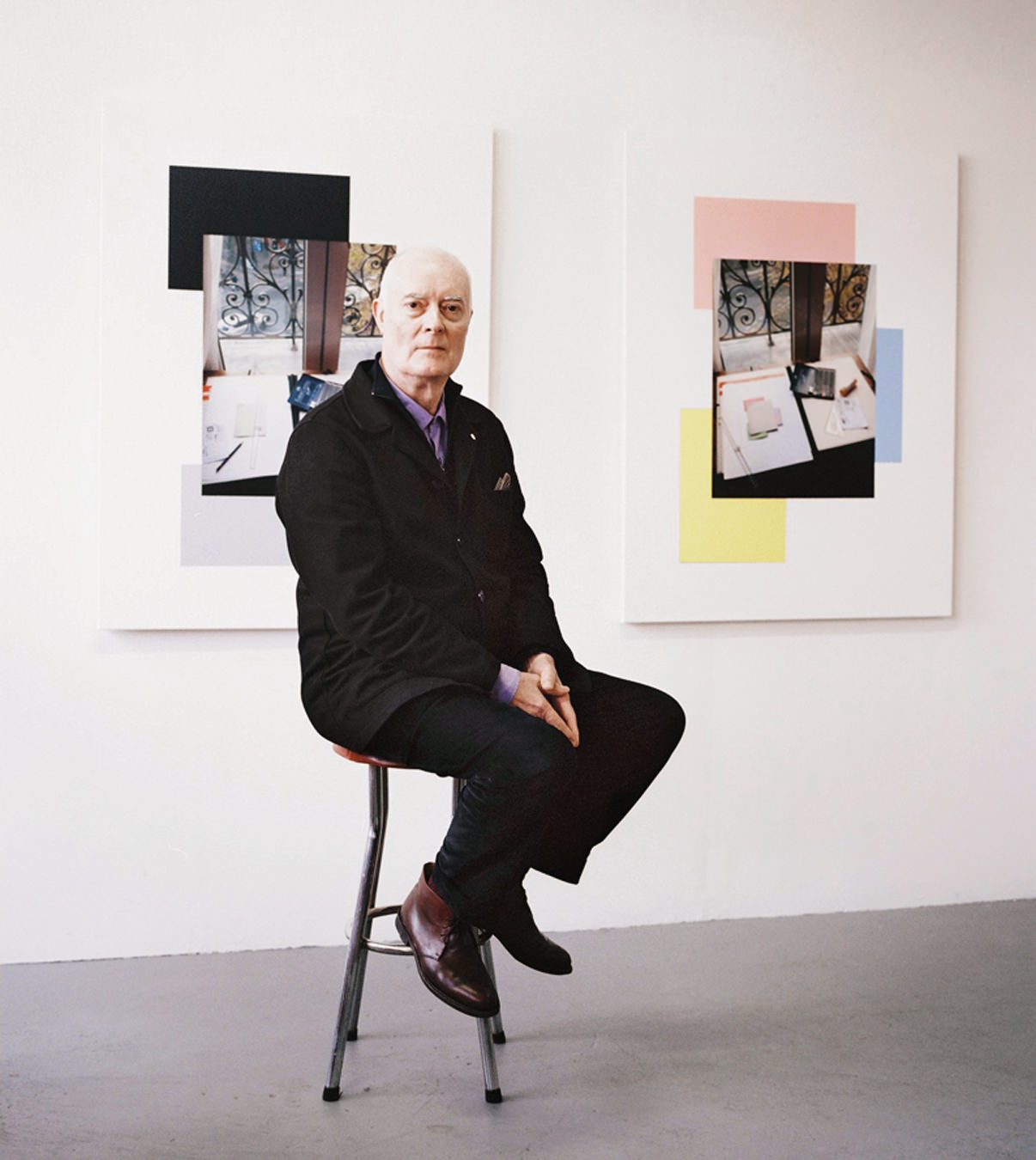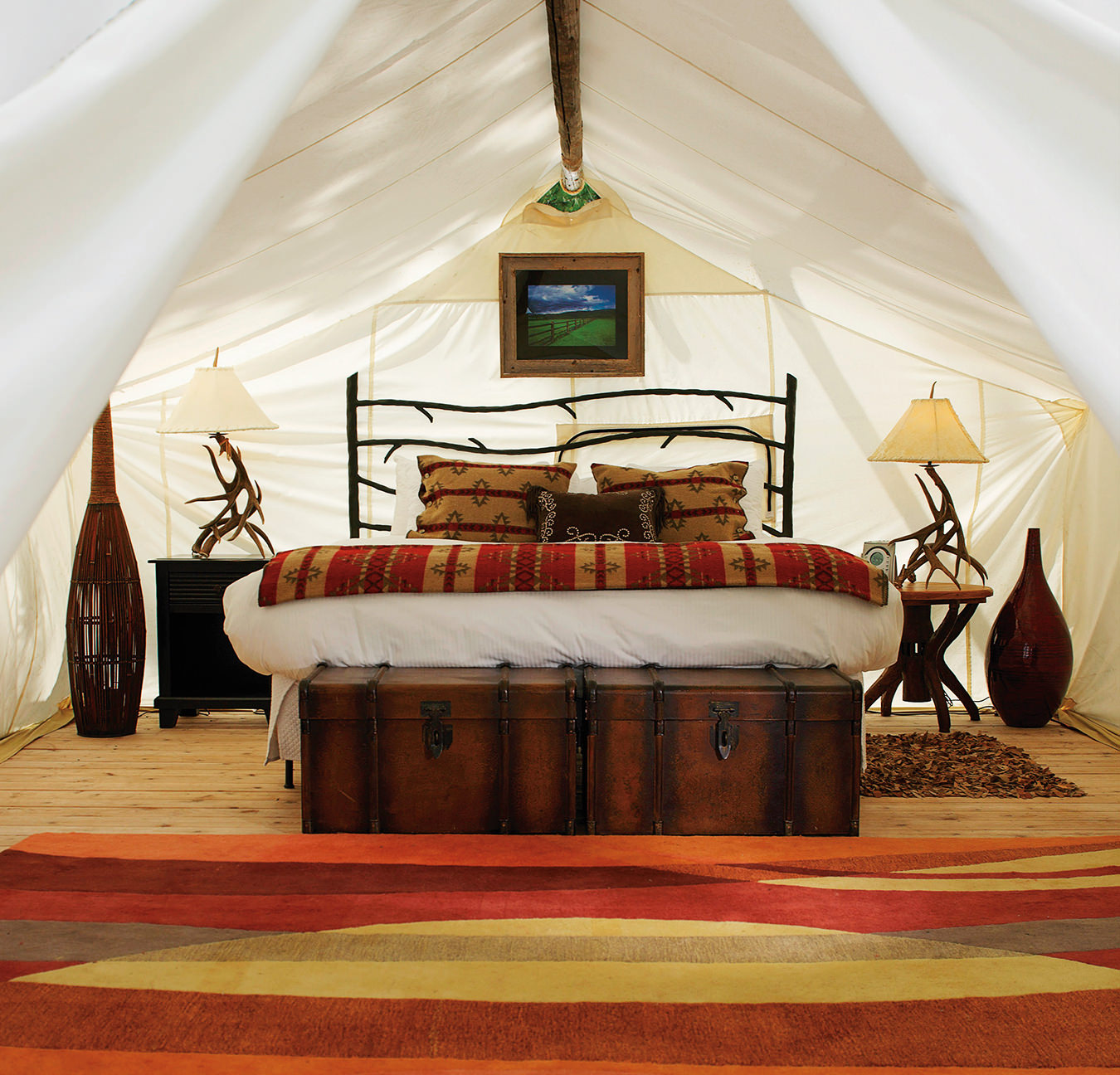Burberry’s Scarf Bar
Paisley, chevron, polka dot—all recognizable patterns but none with more social capital than Burberry’s Scottish check. Although it can now be found emblazoned on Burberry scarves, shoes, and purses, before the 1960s the check existed only as lining for the brand’s popular coat. By this time, Burberry had established itself as a leader in quality for rainwear: its founding father, Thomas Burberry, had created a breathable and rain-resistant fabric that he used on the label’s trench coats—the moniker adopted due to the coat’s reliability in the trenches of World War One—and had garnered an endorsement of quality from Queen Elizabeth II. The line’s military aesthetic was embraced by fashion’s early-adopters across Europe, and by the sixties business was already very good. And yet: in an innocent attempt to bring more colour to the window display, a shopkeeper of Burberry’s Parisian boutique folded the hem of a displayed trench coat up, exposing the ivory, camel, and black check to passerby. The response from shoppers was immediate, the Scottish check soon found a lucrative new home on the brand’s cashmere scarves, and the pattern’s popularity became history. Today, Burberry’s new Scarf Bar invites customers to personalize the iconic pattern.
The customization process at the Scarf Bar begins when clients choose their material: both the soft and thick or lightweight and breathable cashmere is offered. One then chooses the design (a solid block of colour, the iconic check, or other decorative patterns in colours like stone, ivory, parade red, or navy), and up to three letters, which can be sewn in over 30 shades, to be monogrammed. The scarf is then woven on traditional looms in Scottish mills, rinsed in fresh, local water, and carefully finished using techniques passed down through generations. The customized scarf arrives in a camel-coloured tube embossed with the brand’s equestrian knight emblem—an iconic piece brimming with history, transformed into a uniquely personal gift.




